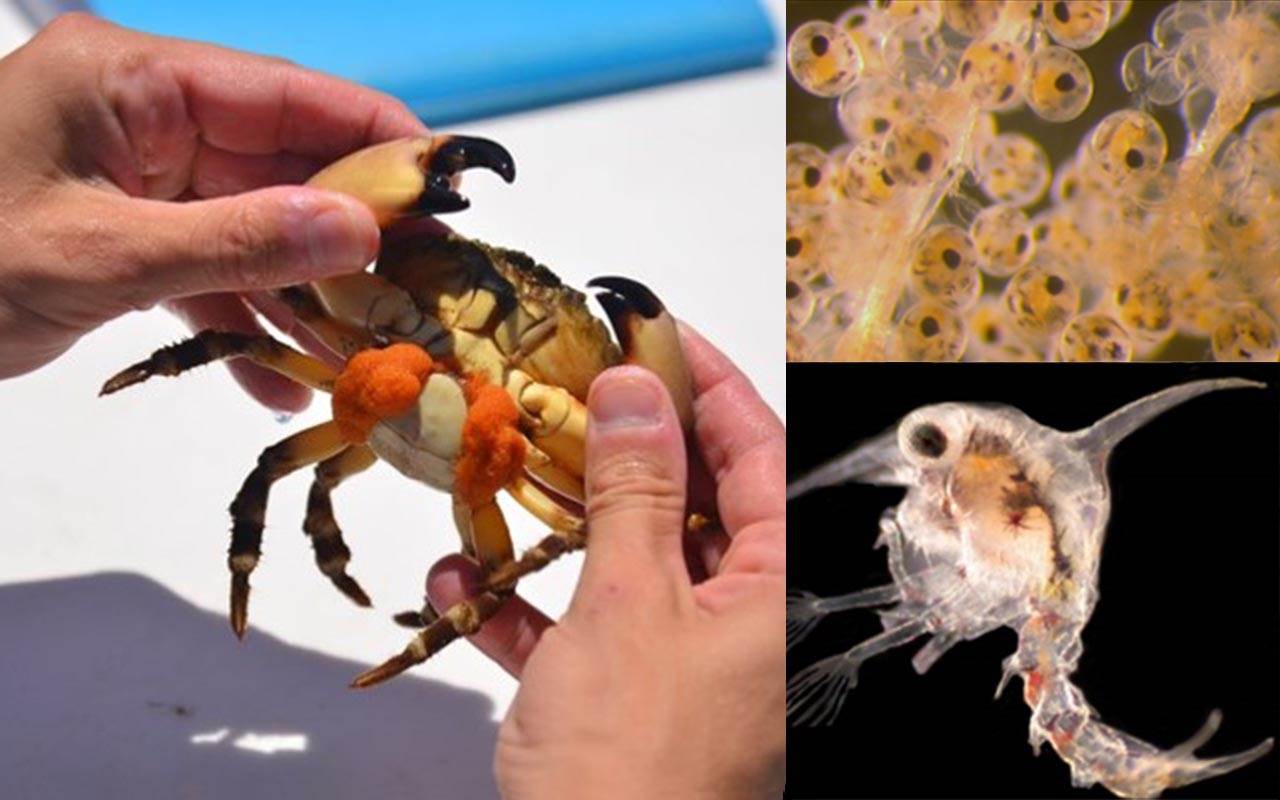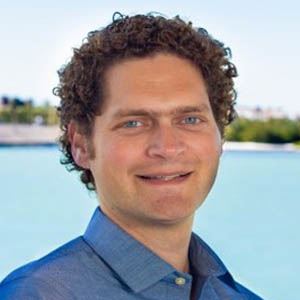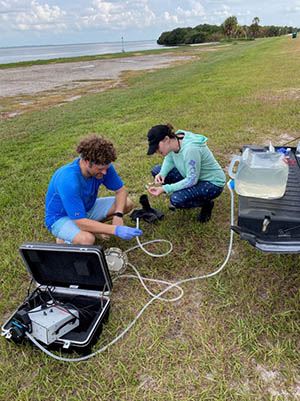
Marine Biology Research Grant to Fund Study of Environmental Impacts on Florida Stone Crabs
May 13, 2021

A grant sponsored by the Tampa Bay Environmental Restoration Fund (TBERF) will support important student/faculty research on Florida’s stone crab fishery, to be conducted in summer 2021 by Florida Southern College’s Department of Biology.

The study will determine how reductions in seawater pH can affect the reproduction of local stone crab populations in Tampa Bay. This research is a continuation of earlier work led by Dr. Phil Gravinese, who applied for the TBERF grant while doing his post-doctoral fellowship at Mote Marine Laboratory & Aquarium in Sarasota. The research funding transferred to Florida Southern when Dr. Gravinese joined the College as an assistant professor of marine biology in August 2020.
Students in FSC’s marine biology major work together with faculty on independent studies, research projects, and field expeditions, and all marine biology majors are required to design and implement their own original research project. The Bachelor of Science in Marine Biology prepares students to enter graduate programs or gain employment as marine scientists with government agencies, museums, aquariums, private marine organizations or consulting firms.
The commercial stone crab is an iconic fishery industry and popular menu item throughout Florida. During winter months, the crabs are pulled from the water and their claws are harvested. The stone crab industry harvests about 2 to 2.5 million pounds of claws per fishing season, and is valued around $30 million per year.
Gravinese’s previously published research has shown that early life stages of the stone crab, like larvae, tend to be most sensitive to environmental extremes such as elevated temperature and reduced pH. This summer, the TBERF grant will support Gravinese and a group of eight FSC students to expand this work. The team will determine whether egg-bearing female crabs exposed to variable pH conditions will produce stone crabs that are more tolerant to reductions in seawater pH.

“We’ll be comparing the reproductive results — embryo development time and hatching success — of egg-bearing stone crabs in sandy and muddy habitats, where pH changes should be less variable, to egg-bearing stone crabs in seagrass habitats, which we know have larger changes in pH,” Gravinese says. “This research is important because nearshore habitats can sometimes experience reductions in pH when excess nutrients and organic material run off into coastal waters; we expect to continue to see decreases in the ocean’s pH with changes in climate.”
The research could have important implications in future discussions about the preservation and restoration of seagrass habitats, according to Dr. Gravinese: “If the crabs in the variable environment of seagrass have success, then the seagrass habitat could be a refuge for them from coastal acidification.”
FSC’s student/faculty research team will work collaboratively with chemists from the United States Geological Survey, who will analyze the pH levels of water samples taken from both types of coastal habitats at Fort De Soto Park, south of St. Petersburg. The Park’s five interconnected offshore keys have more than seven miles of varied waterfront habitats.
The research team also will incorporate results of this study into an open-access lesson for high school students, aimed at teaching them how changes in seawater chemistry may have impacts on local fisheries in the Tampa Bay watershed. Gravinese and one of his students are already piloting parts of the research-inspired educational lesson in local Hillsborough County Public Schools.
“The grant and the work resulting from it has far-reaching impacts,” says Dr. Nancy Morvillo, professor and chair of FSC’s Department of Biology. “It not only will help the future of stone crabs and the stone crab industry, but will also provide experience and training for the post-graduate career paths of FSC students and educate the next generation of residents about the importance of the health of the marine environment to Florida’s fishery industry.”